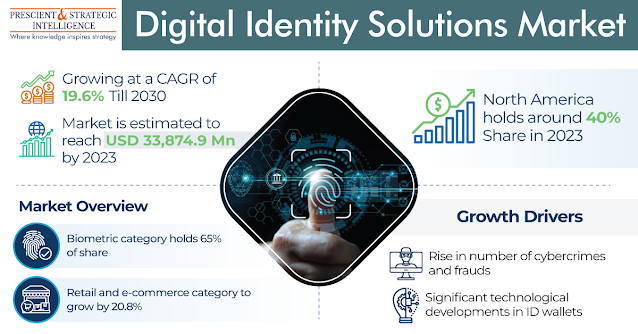The global cloud managed network market is experiencing significant growth, fueled by demand for remote work solutions, scalable IT infrastructure, and advanced security models. Below is a structured snapshot of key market data.
Market Size & Forecast
|
Year |
Market Size (USD Billion) |
|
2024 |
35.2 |
|
2025 |
39.1 |
|
2032 |
87.5 (Forecast) |
|
CAGR (2024–2032) |
12.2% |
Download free Report Sample Now
Market Segmentation (2024 Snapshot & Growth Outlook)
|
Segment |
Largest Share (2024) |
Share / Value |
Fastest-Growing Subsegment |
CAGR / Note |
|
Offering |
Cloud Services |
~60% |
Software |
Highest growth |
|
Organization Site |
Large Enterprises |
~80% |
SMEs |
~13.0% CAGR |
|
Deployment Model |
Public Cloud |
~85% |
Public Cloud |
Also fastest-growing |
|
End-User Vertical |
IT & Telecom |
~30% |
Healthcare & Life Sciences |
Fastest growth |
Regional Breakdown
|
Region |
2024 Share |
Growth Outlook |
|
North America |
~40% |
Largest market |
|
Asia-Pacific (APAC) |
— |
Fastest-growing, ~12.5% CAGR |
|
China |
Largest APAC market |
— |
|
India |
— |
Fastest-growing country in APAC |
Key Growth Drivers
- Surge in remote and hybrid work adoption
- Increasing number of IoT devices
- Strong focus on cybersecurity and
zero-trust architectures
- Integration of AI and ML for predictive
analytics and automation
- Cost efficiency, particularly benefiting
SMEs
Competitive Landscape
The market is consolidated, with leading
players including:
- Cisco Systems
- Ericsson
- Infoblox
- Accenture
- HCL Technologies
- IBM
- Huawei
- D-Link
- Microsoft
- Oracle
- Extreme Networks
- VMware
Outlook
- Market will more than double in size from
USD 35.2B (2024) to USD 87.5B (2032).
- SMEs and healthcare sectors will be the
fastest adopters.













